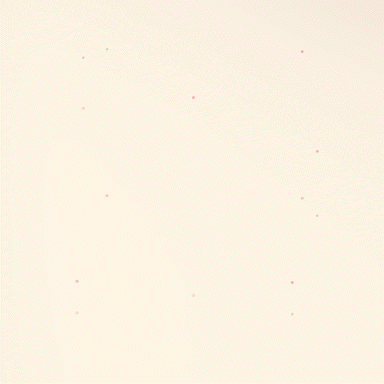Sketching for 3D Modeling | Design Process
Updated: Sep 25, 2023
Sketching for 3D Modeling: Bridging the Gap Between Paper and Pixels
In the ever-evolving world of design, where technology continually reshapes our methods, there remains an age-old practice that stands the test of time: sketching. But how does this traditional method fit into the modern realm of 3D modeling? Let's dive into a process that seamlessly marries the two.
The Genesis of a Seamless Workflow
Early in my design journey, transitioning between sketching and 3D felt somewhat disjointed. The tactile nature of sketching and the digital realm of 3D modeling seemed worlds apart. It wasn't until I embraced the capabilities of my iPad that the true potential of merging these two processes became evident. Especially for projects with a sculptural essence, like designing a chair in the shape of a bowtie, achieving the perfect curves was paramount. The iPad bridged this gap, making the transition from ideation to realization smoother than ever.

The Four-Cell Sketching Process
Imagine a sheet divided into four cells. Here's how the magic unfolds:
1. Plan (Bottom Left Cell): Start with a top view of your design. This is the foundation, the blueprint from which all other views will evolve.
2. Front View (Top Left Cell): Using guidelines from the plan, develop a front view. This vertical projection gives depth to your design.
3. Side View (Bottom Right Cell): Now, project lines from the plan to craft a side view. Remember, this will be sideways relative to the sheet due to the projection lines.
4. 3D Axonometric Drawing: Rotate and skew the three views to create a 45-degree 3D axonometric drawing. This is your design coming to life, ready to be translated into a digital model.

From Sketch to Screen
With your sketches in place, it's time to transition to the 3D workspace. Set up your sketch in a way that optimizes the modeling process. Remember, while any drawing tool can suffice for the sketching phase, the digital transition requires a more refined approach.
Insert the Sketch into a 3D Workspace
Create Lines to Trim the Sketch Into Parts
Create Reference Lines to Move & Align each Sketch

Challenges & Tips
As with any process, there are hurdles. One of the most common challenges is ensuring perfect alignment in 3D. But here's the thing: perfection in translation is a myth. This is part of the design development process. Your design will evolve and adapt as it moves from paper to pixels. Embrace these changes; they're an integral part of the creative journey.

In Conclusion
The fear of being overshadowed by emerging technologies is a genuine concern for many designers. But remember, while AI and other tools are powerful, they can't replace the human touch, the creativity, and the passion that designers bring to the table. By integrating traditional methods like sketching with modern 3D modeling techniques, we not only enhance our workflow but also reinforce our irreplaceable value in the design ecosystem.

For those looking to delve deeper into the technicalities of projection drawings and 3D development, stay tuned for an upcoming detailed video tutorial & template. Until then, keep sketching, keep exploring, and remember: design is as much about the journey as it is about the destination.







